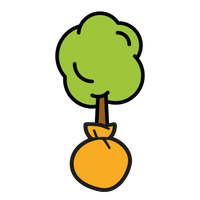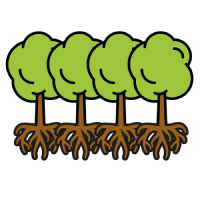As it is pot grown, you can easily leave the plant in its pot for a few days/weeks before planting it. Just ensure you keep the plant well-watered, and it gets enough sun. Don't leave it for too long, however, as you don't want the roots becoming root bound.
Viburnum davidii is rather slow growing, therefore meaning it does not require much pruning. To maintain a neat, dome-like shape, you will need to prune back to strong stems/the base of the plant, after the flowering season is over. You will also need to remove any damaged or diseases shoots to retain a thriving, healthy plant. It is also recommended that you feed and mulch the plant after trimming, as to encourage healing and further healthy growth.












